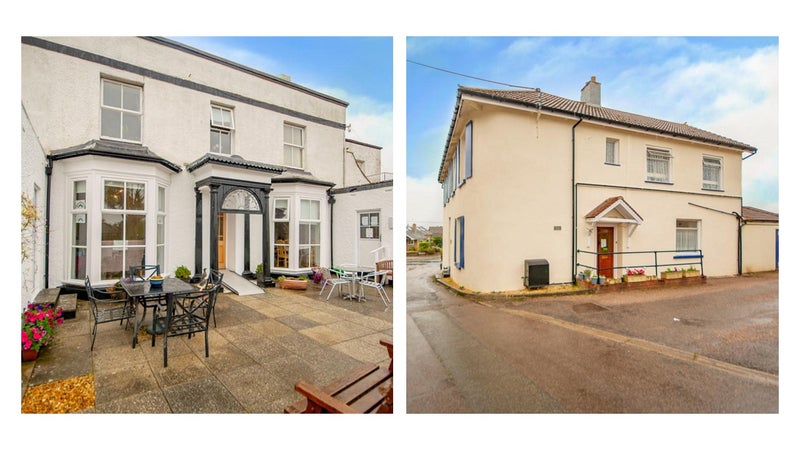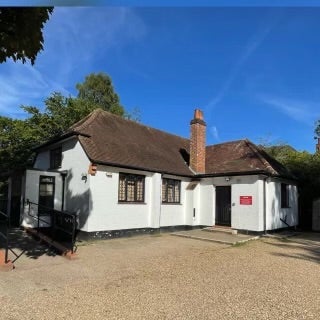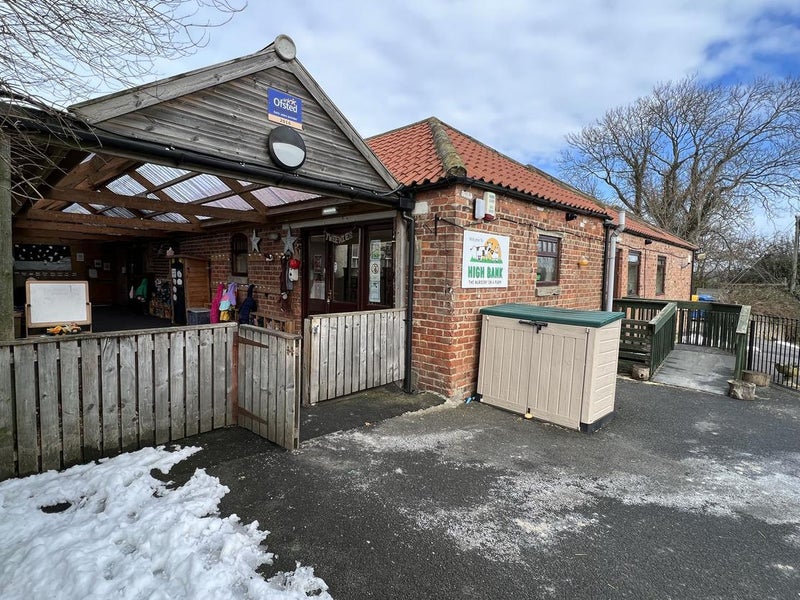Business Outlook 2019: Midlands & East Anglia regional focus
The amount of growth in the Midlands & Anglia remains an exciting topic throughout the region and across the sectors.

Birmingham and the West Midlands continues to thrive, with investment in the city centre at a record high. Recent major developments such as the refurbishment of New Street station and the opening of Grand Central as the new shopping centre along with global businesses such as HSBC relocating to Arena Central to sit alongside HMRC, combined with the impending commencement of works for HS2, have created an air of anticipation and excitement for the powerhouse Birmingham and surrounding areas is becoming.
Despite the West Midlands being typically associated with industry and manufacturing, Birmingham's growing financial and professional services hub – already the largest outside of London – is only set to strengthen in the coming years. The continued advancement of the West Midlands has bolstered its retail and hospitality markets, along with the increase in tourism thanks to the low value of Sterling.
All of the above combined has placed Birmingham ahead of London, Milan and Paris in terms of international investment appeal and, with the city playing host to the Commonwealth Games in 2022, this trend is likely to continue.
East Anglia remains a diverse locale with attractions for corporates and consumers alike. The university city of Cambridge and the East coast continue to attract tourists, with 65% of businesses surveyed by Visit Norfolk reporting an increase in visitor numbers in 2018. Cambridge is similarly attracting global businesses with the likes of Microsoft and Amazon opening offices in the city.
The port at Felixstowe remains Britain's biggest and busiest container port and its importance cannot be understated with future global trade, which will only serve to boost local businesses. Essex also remains a key commuter hub for The City and Canary Wharf.
The East Midlands offers something for everyone, from vibrant cities to sprawling countryside, creating opportunities for businesses of all sizes. Boasting at least five world class universities and expanding head offices for a plethora of global industry giants, the demand for hospitality, retail and leisure businesses across the spectrum continues to grow, from both consumers and buyers.
Derbyshire boasts the fastest growing economy in the UK with a 23% rise in gross value over the past five years and the Peak District won third place in the Best Holiday County or Region category in the British Travel Awards. Nottingham remains in the spotlight as the city has benefitted from a range of boosts including having a train station on the HS2 line and a subsequent parallel growth strategy, the release of the 2018 adaptation of Robin Hood, and being home to the recently announced highest ranked restaurant in the UK on TripAdvisor. As a result, the business market remains upbeat and energised in the East.
Retail
Through 2018 we saw continued demand in the forecourt sector, as a shortage of good quality stock coming to the market has driven competition for secondary and even tertiary sites, with multiples reaching some eye-watering levels. As the CMA ruling on the MFG/MRH deal and the relevant site disposals complete, we will see another major player back in the market which could push multiples even further.
The hope is that operators of the primary and good quality secondary sites will start to think that the peak must have been reached and a small increase in the better standard sites coming to the market will help to stabilise prices to avoid too big of a bubble forming.
In the convenience market, we saw an increase in demand from first time buyers, which has helped the whole market to move along nicely. The return first time buyers has helped those in smaller stores to upsize, and those already with larger stores have been looking to expand. This has created a buzz in the sector, with buyers excited about convenience retail again after a relatively turbulent couple of years for the sector following a dramatic shift in the wholesale landscape. These numbers look to be continuing into 2019.
Licensed
The region remains attractive from a leisure and licensed perspective, however main cities are becoming saturated with bars and restaurants, creating higher competition among operators. The resulting churning cycle looks set to continue in 2019, particularly within city centres, as underperforming businesses fall behind their competitors and more closures are anticipated. However, there is still room for successful businesses to thrive, particularly those with a unique dining concept and a strong following. Consumer demand also remains high in city centres due to the growing number of corporate and leisure guests.
The restaurant sector in Birmingham in particular has a strong reputation for quality, boasting the most Michelin stars outside of London, attracting a more affluent clientele.
Rural locations are also in demand but need to offer the right product mix, with accommodation being a big growth area, as we predicted last year. Pubs with rooms have seen great success and many operators are looking at investing in guest accommodation to maximise revenue and introduce additional income streams.
Hotels
A boom in residential development across the region has had a positive knock on effect on the hotel market due to the higher need for accommodation for tradesmen travelling to development sites across the area. High profile companies relocating to Birmingham city centre has also caused an increase in mid-week hotel occupancy, with weekends also improving thanks to Birmingham being increasingly seen as a visitor destination. The influx to the city centre, driven by its booming development, has also caused a ripple effect within the wider region as visitors stop off along the way to appreciate the sights and attractions further afield.
The East Midlands and Anglia remain popular with destinations such as the Peak District, Derbyshire Dales and Norfolk & Suffolk coastlines driving demand in line with the rise in staycations.
Care
Whilst the Midlands & Anglia as a whole remains a traditionally lower fee area compared to the South, many operators have seen the region as a viable alternative to the high cost Southern market. The area represents good value for money and is attractive to both private and corporate operators.
There have been a number of new developments being built in and around the Midlands & Anglia, giving regional operators more opportunity to offer their services to the self-funded market and enabling them to achieve a higher fee profile than local authority.
The regional market remains active from top to bottom, whilst there is a push for purpose built care homes, there is simply not enough land available to meet demand. This means the converted care home market remains very active and many operators are seeking opportunities to improve and extend.
Dental
The dental market continues to be buoyant throughout the Midlands & Anglia, with practices in urban towns and cities proving particularly attractive to potential buyers. There is no doubt that the difficulty in recruiting Associate dentists has made would-be buyers more selective about practice profile and location, with those practices in rural areas facing the biggest challenge.
We anticipate 2019 being another very busy year, and also expect to see more Orthodontic practices come to market once the tendering process is complete.
Childcare
The childcare sector in the Midlands region has continued to be exceptionally busy in 2018. The larger group operators have consistently been acquiring larger settings and smaller operators are continuing to grow their groups, with an emphasis on taking on nurseries with an experienced manager already in place.
We have continued to see the smaller, more remote settings struggle as the 30-hour funding changes have settled in. They continue to change hands in the market, and increasingly we are seeing change of use for these nurseries as businesses are no longer able to keep up with increasing costs.
2019 looks to be very similar to 2018 with demand from buyers continuing to increase and the market place continuing to churn.



















